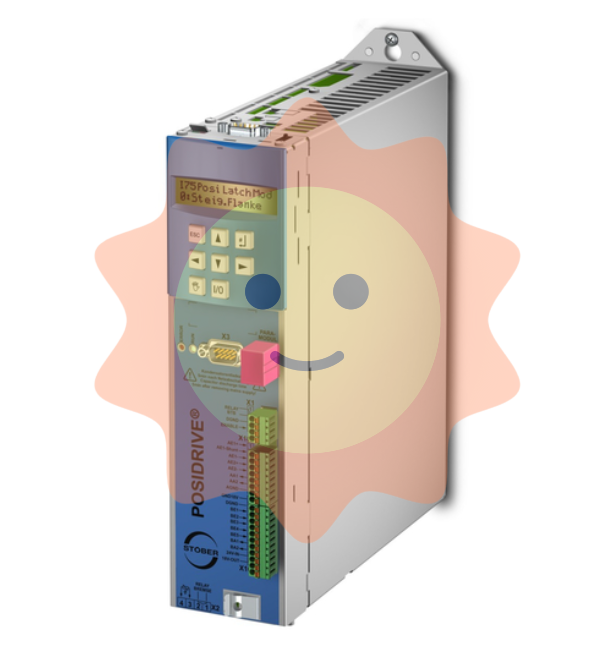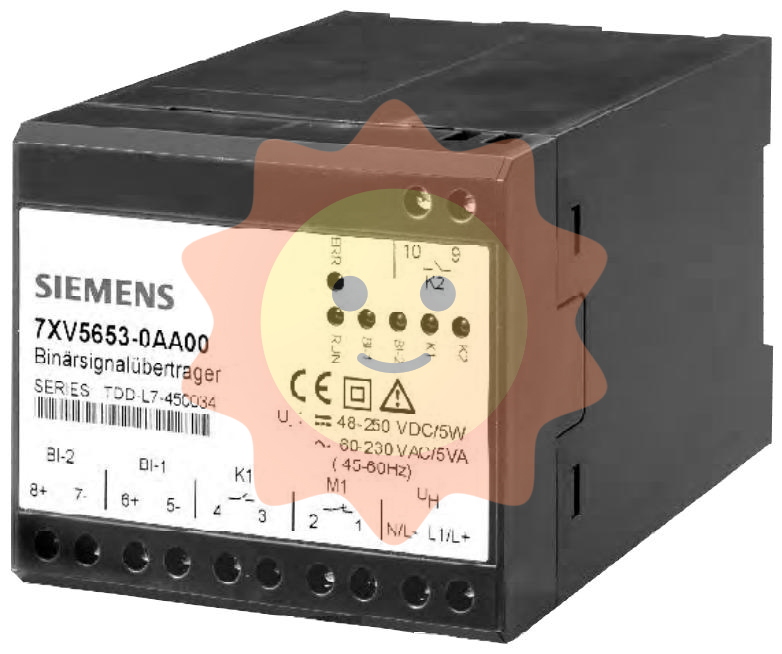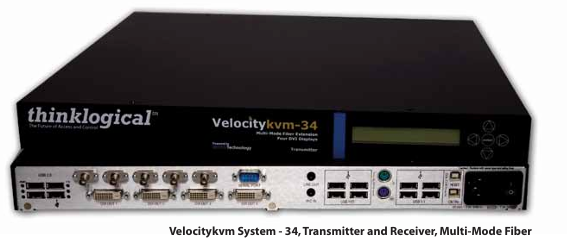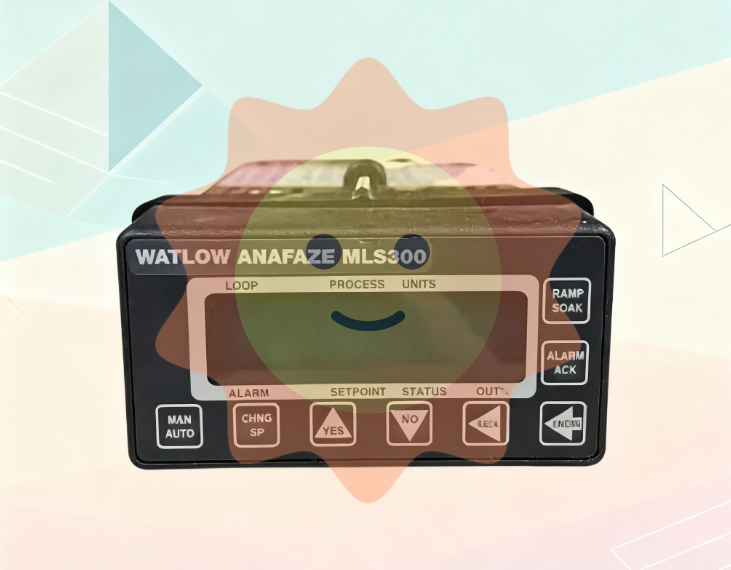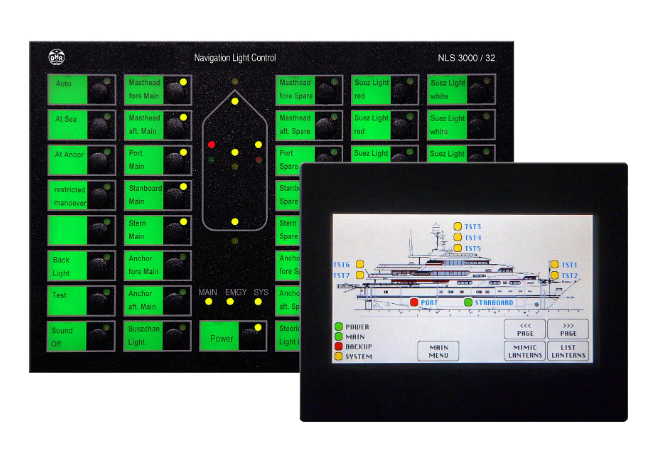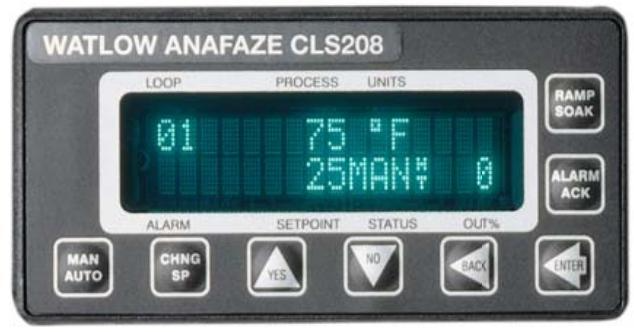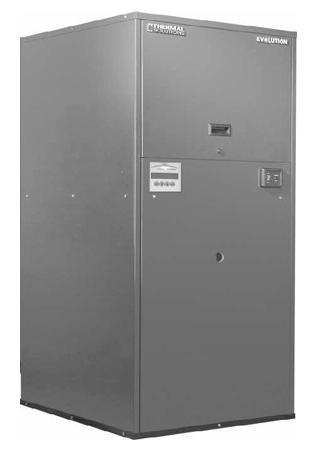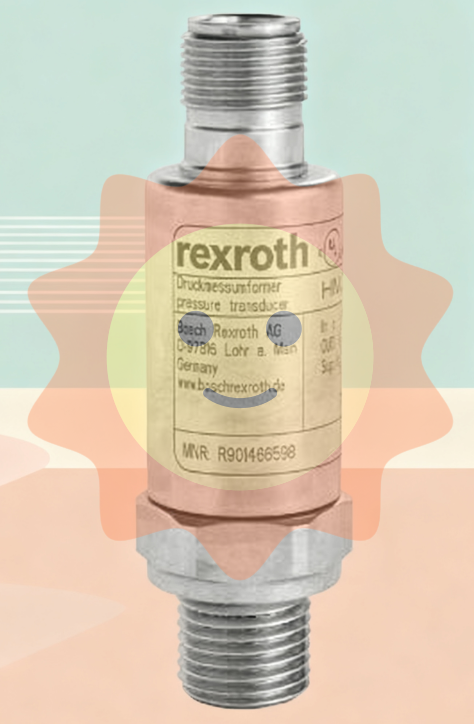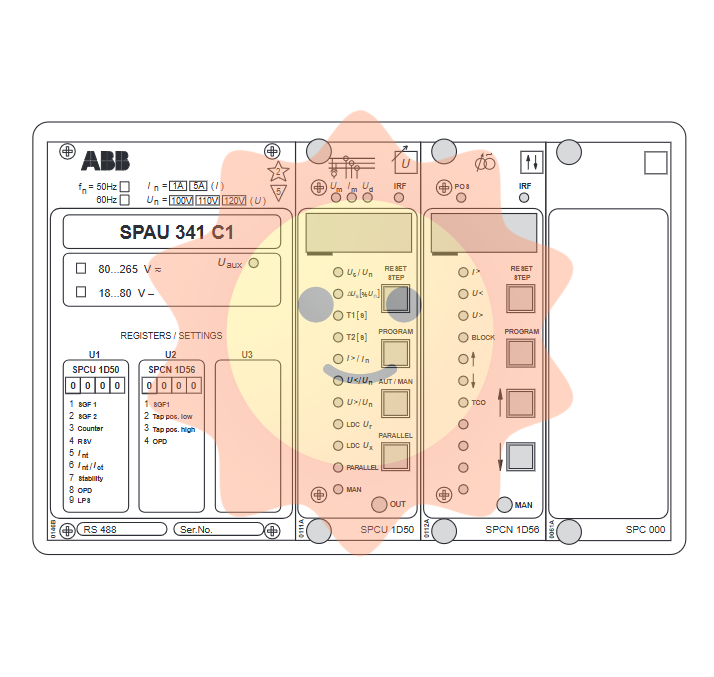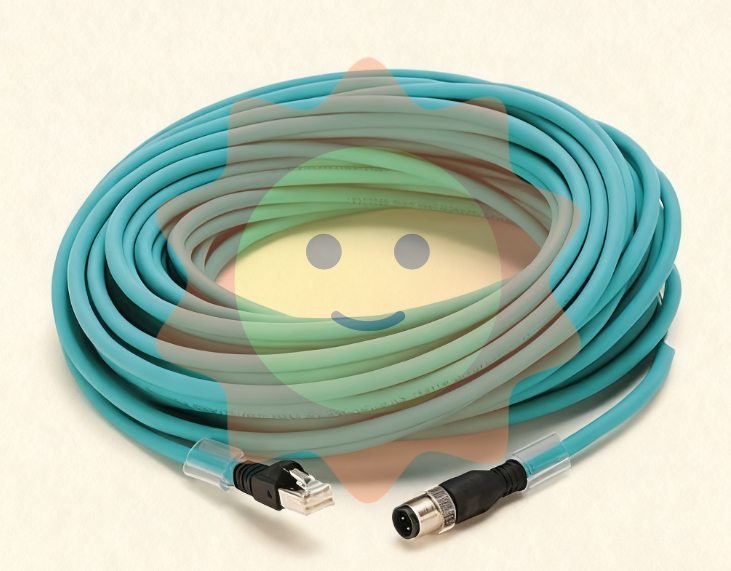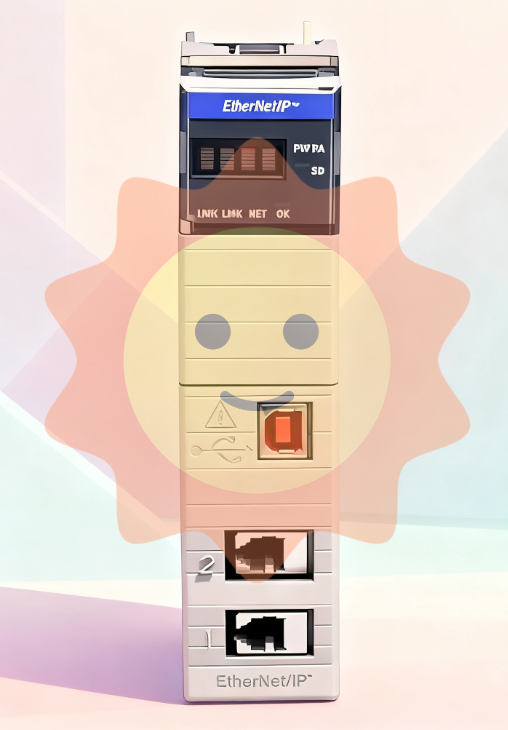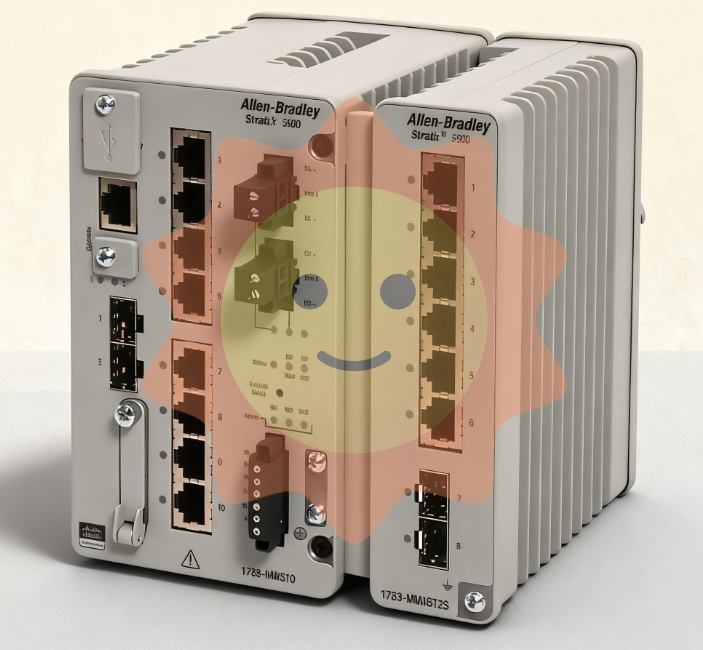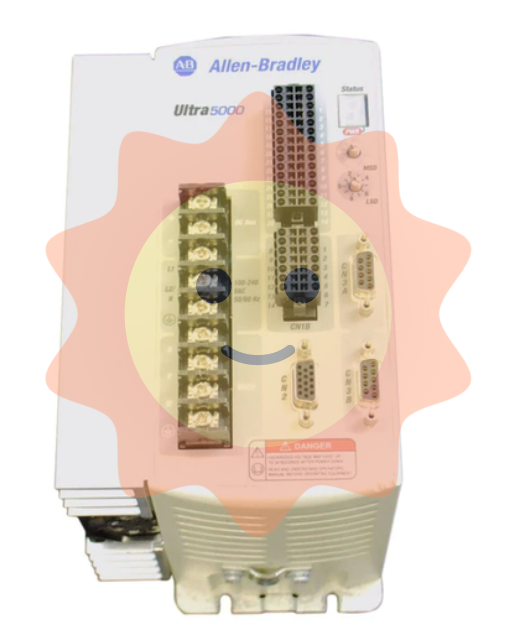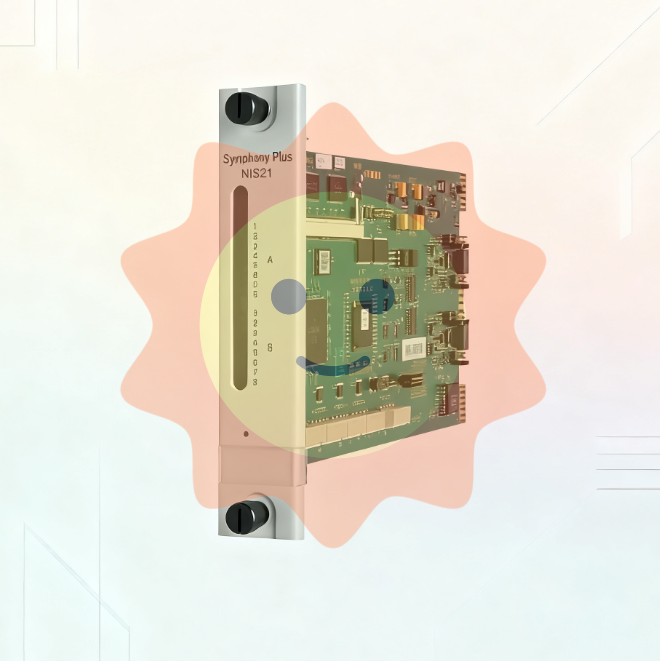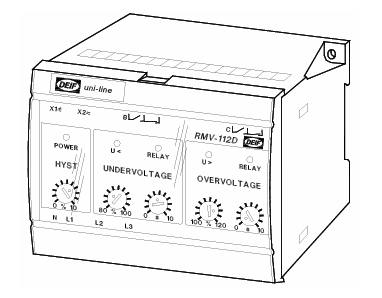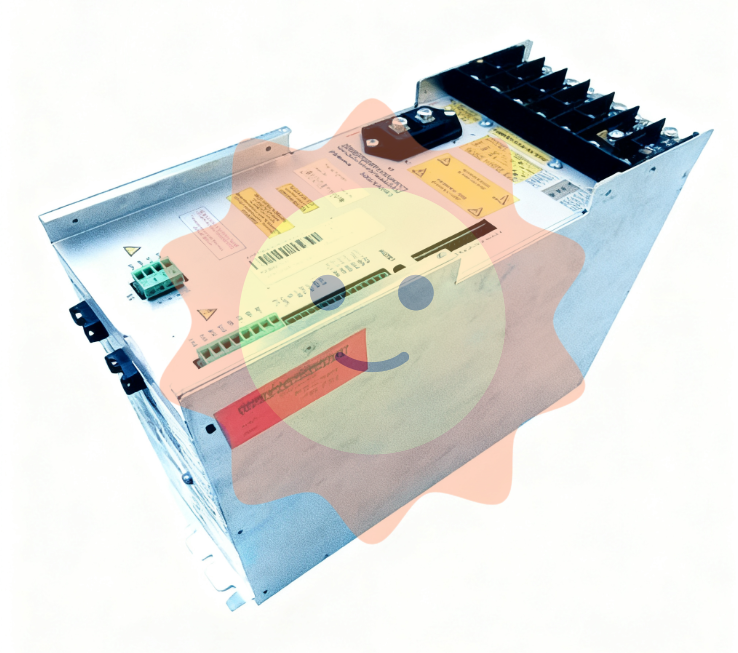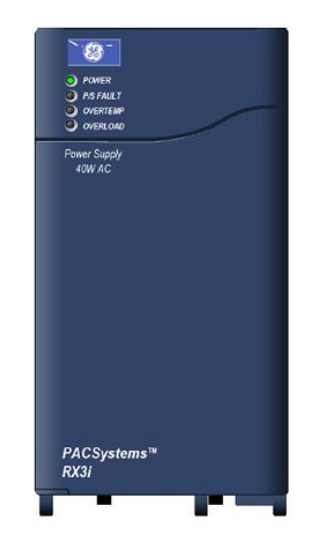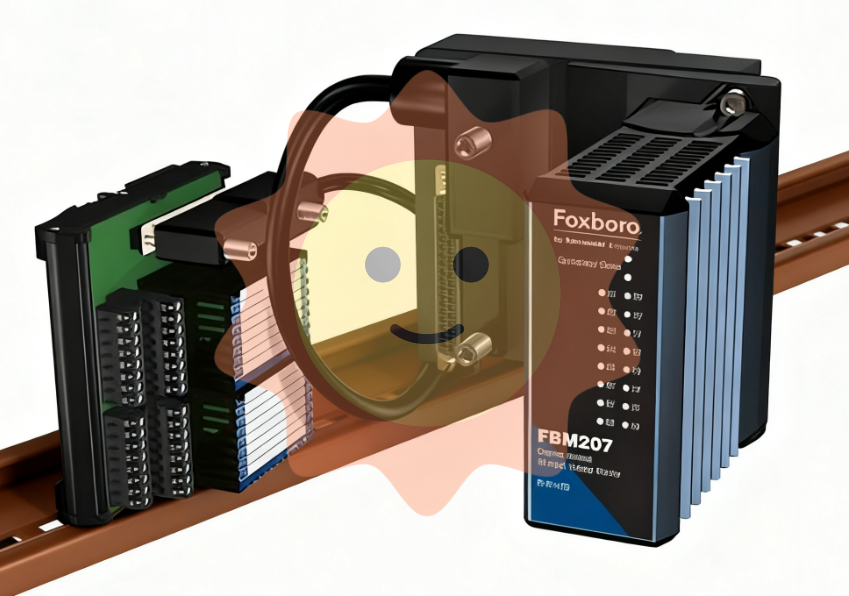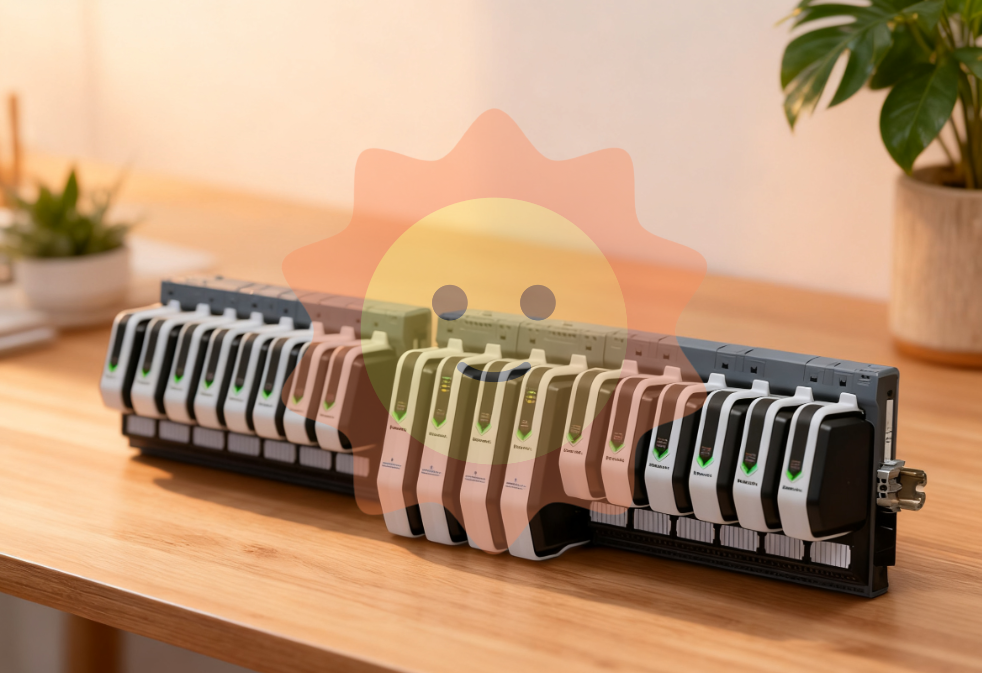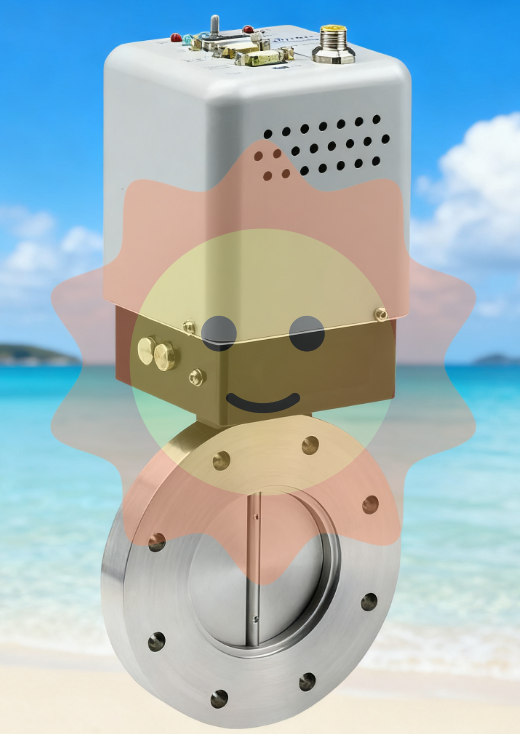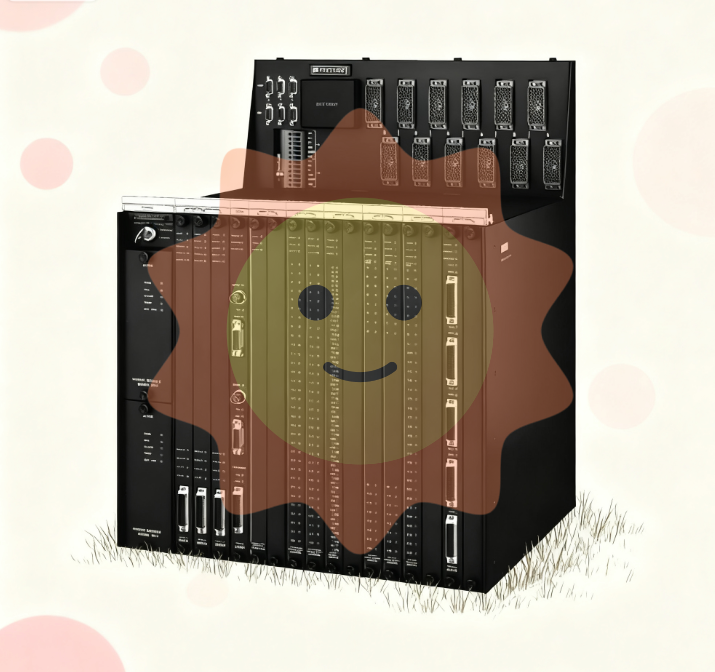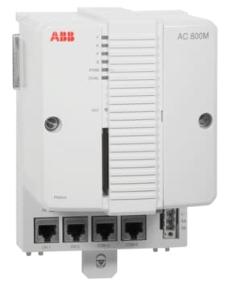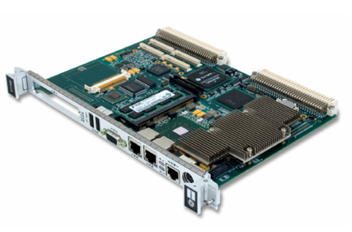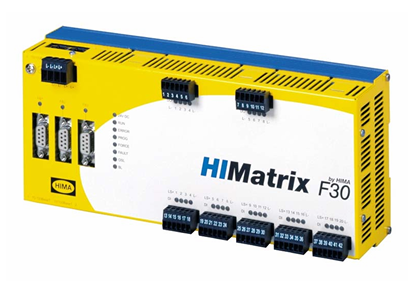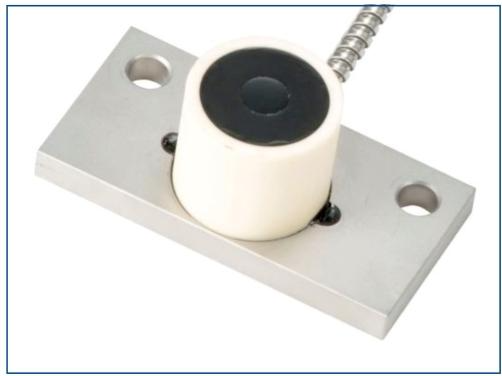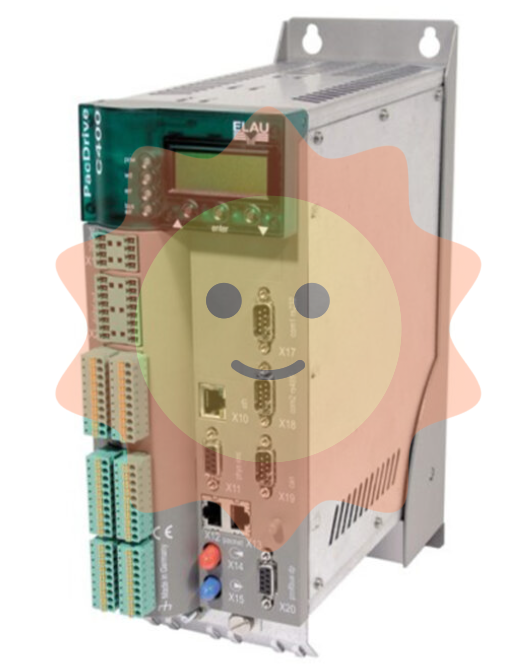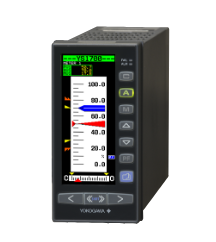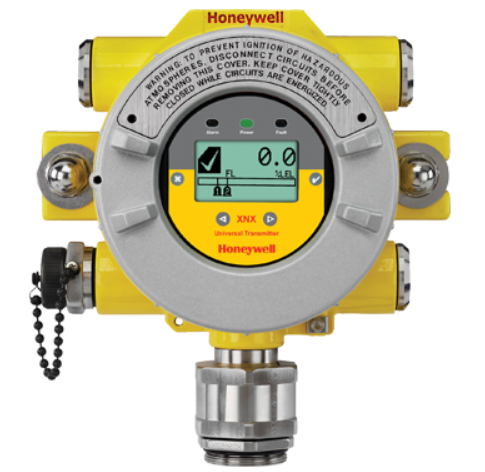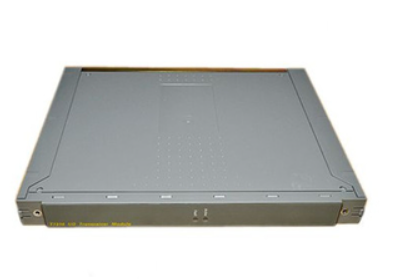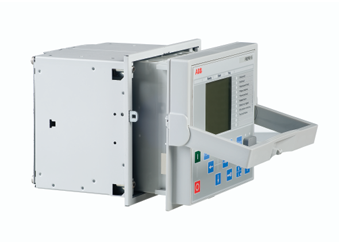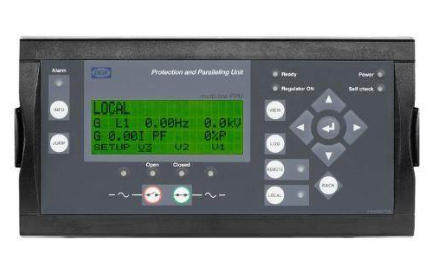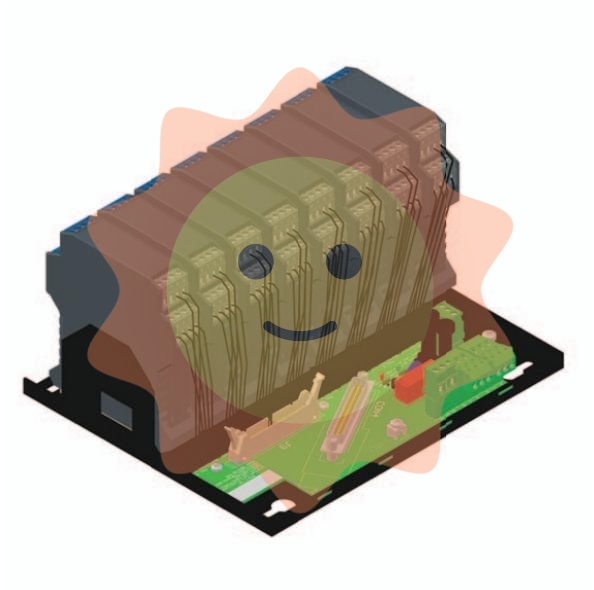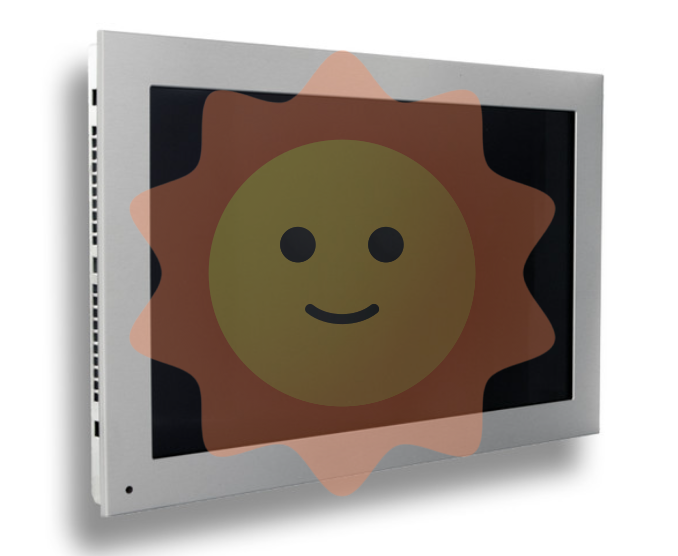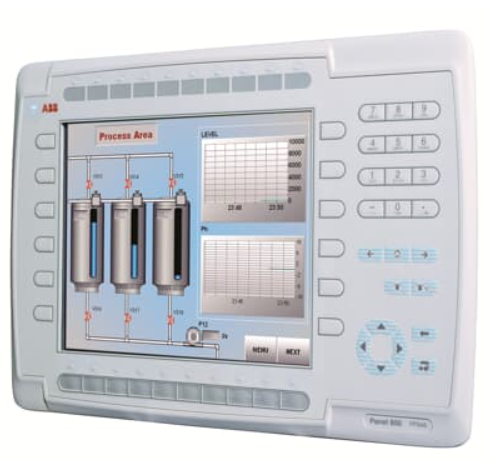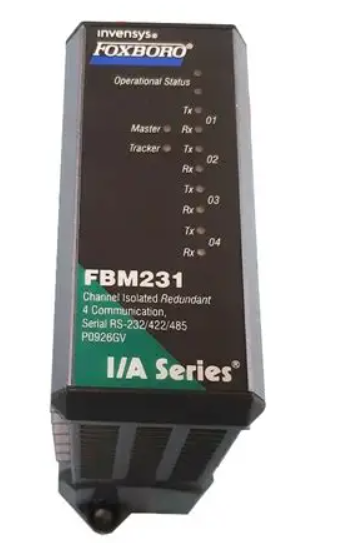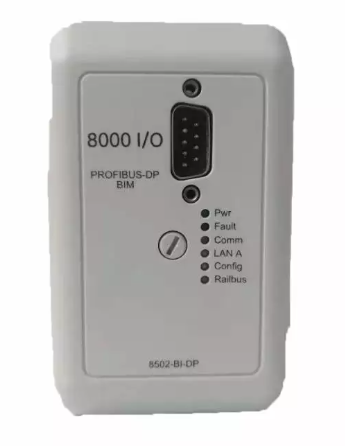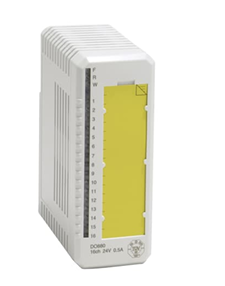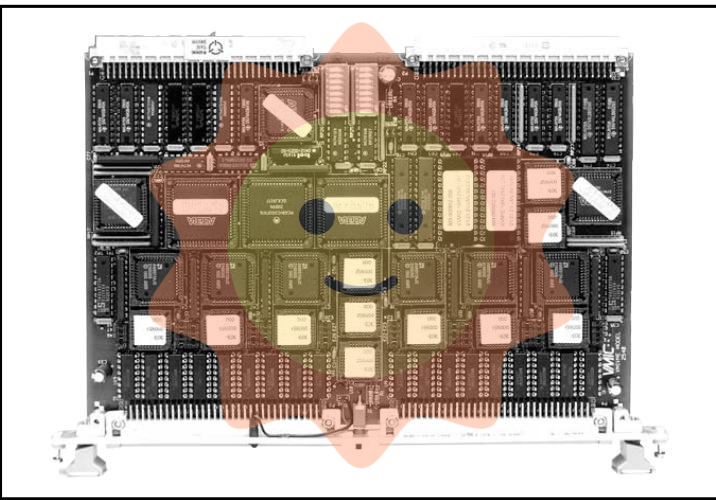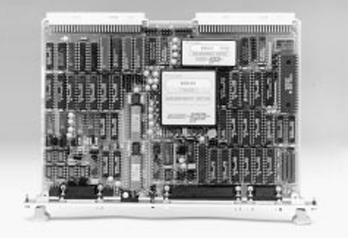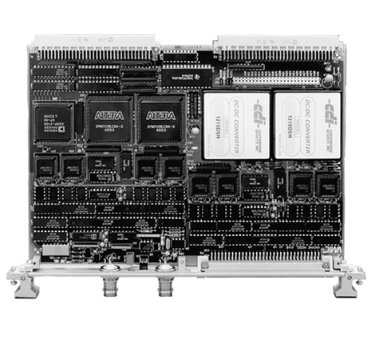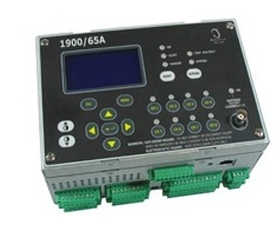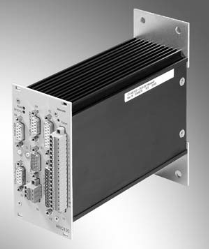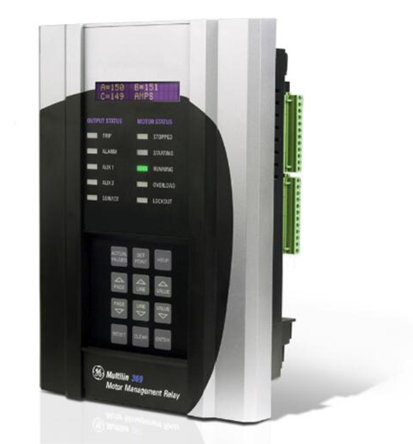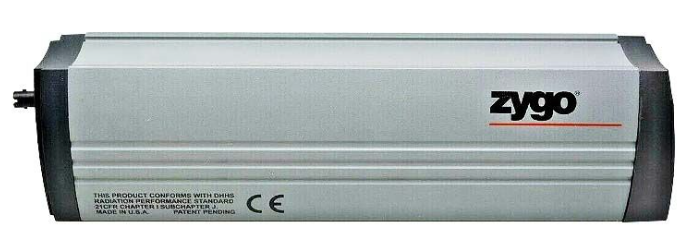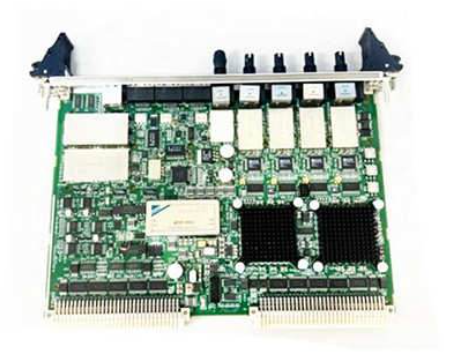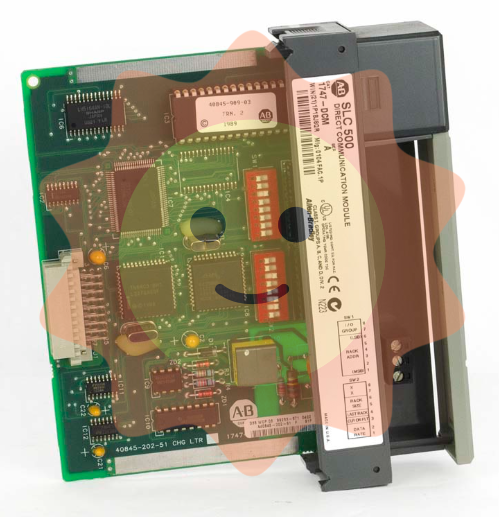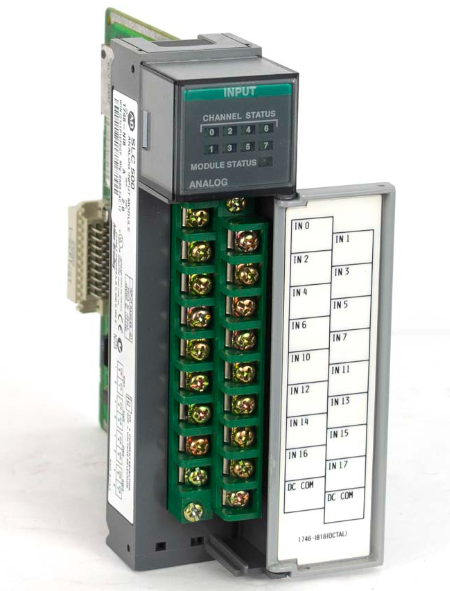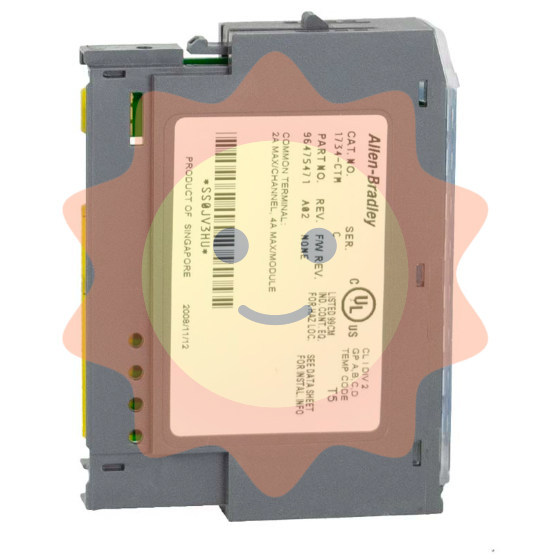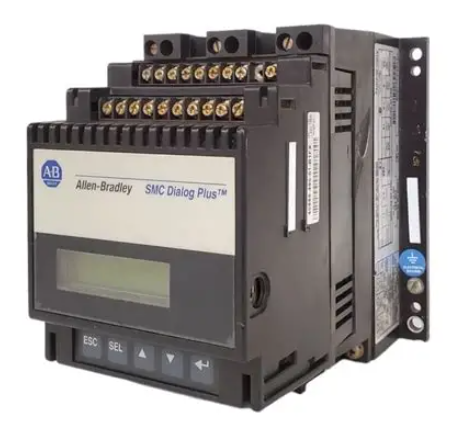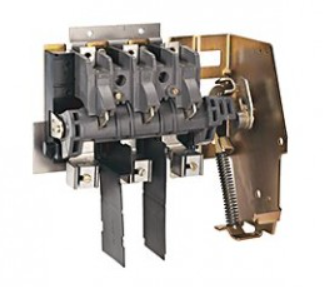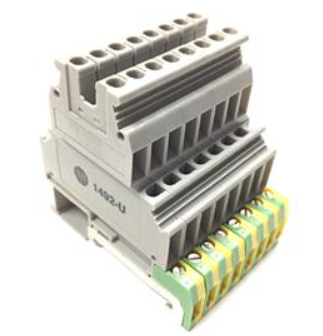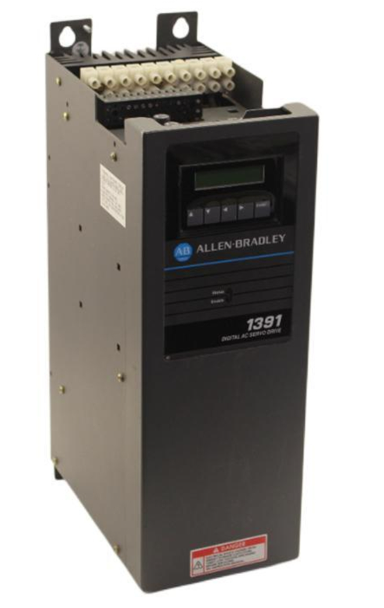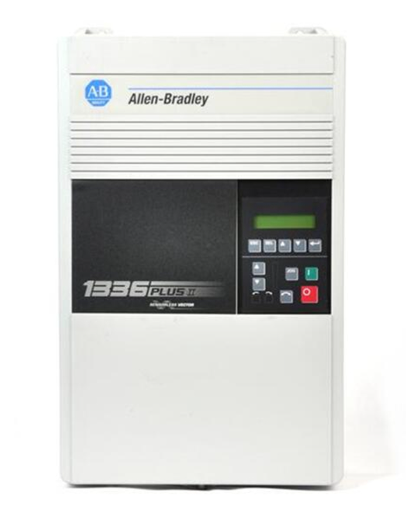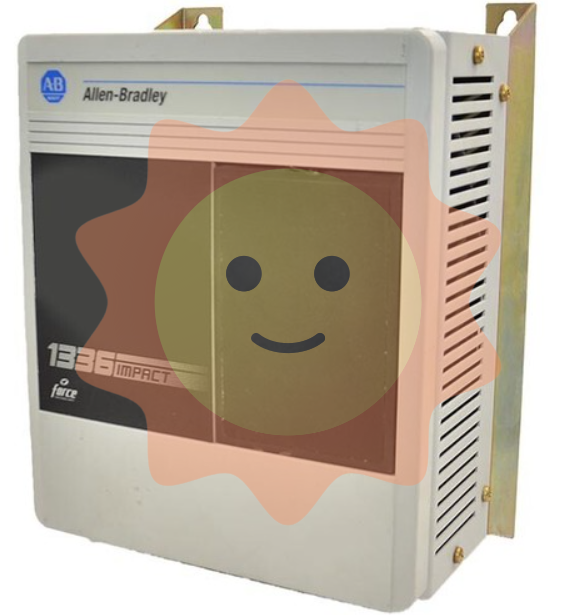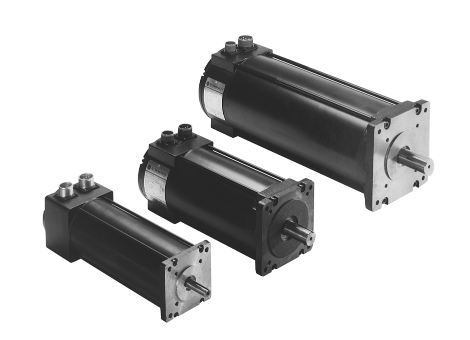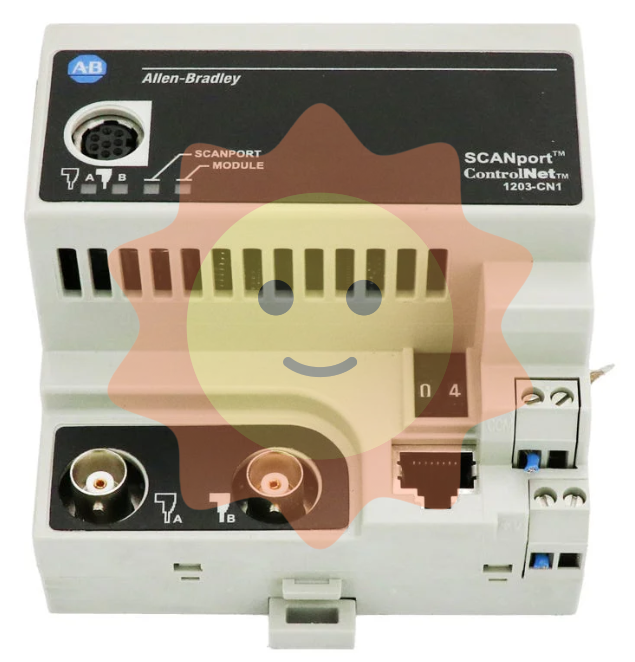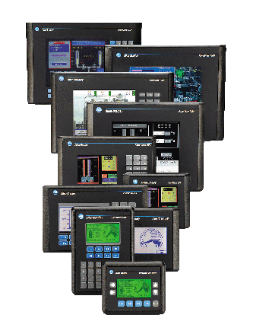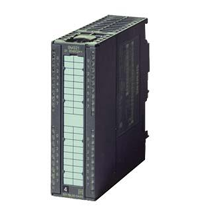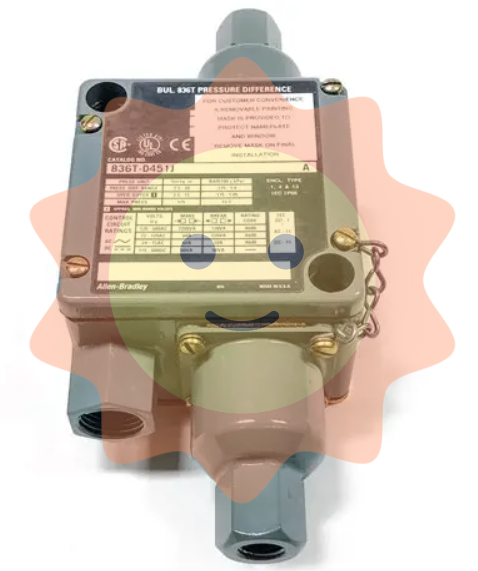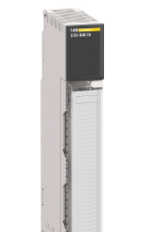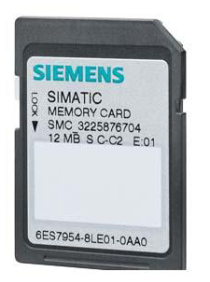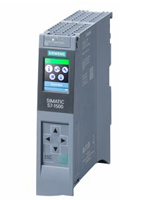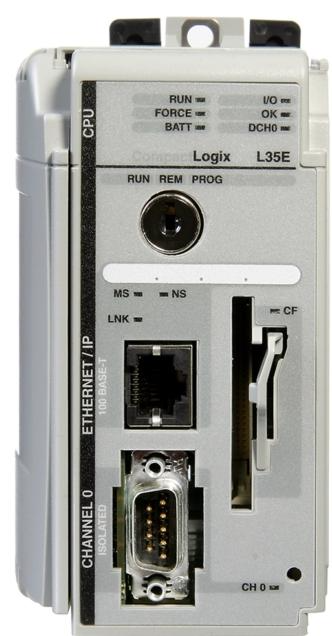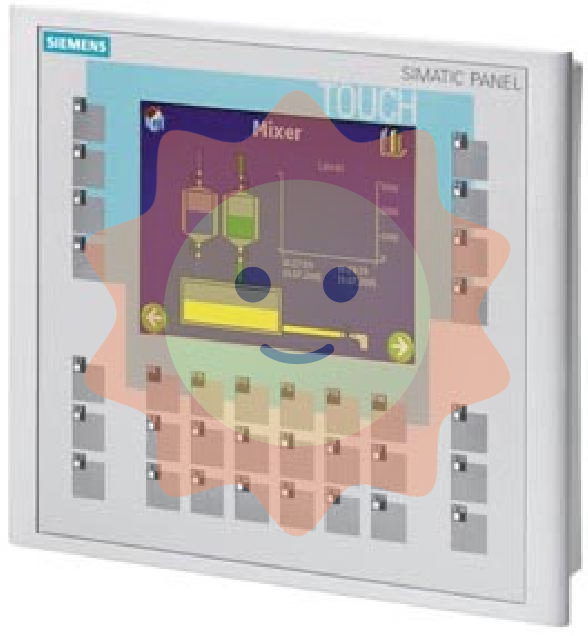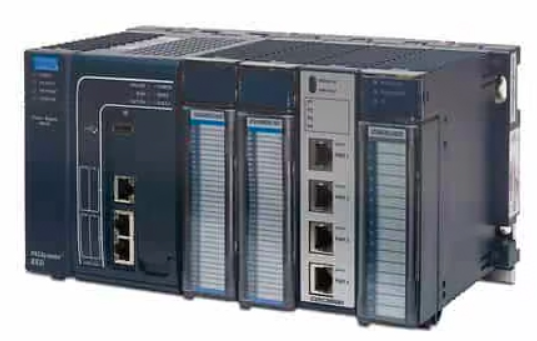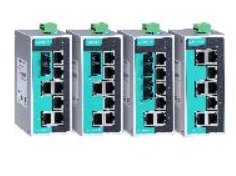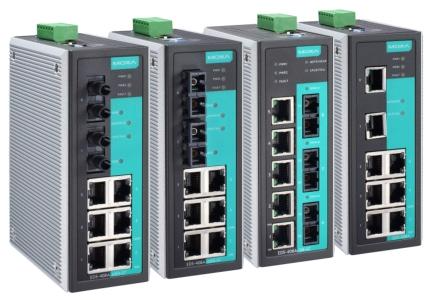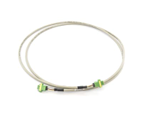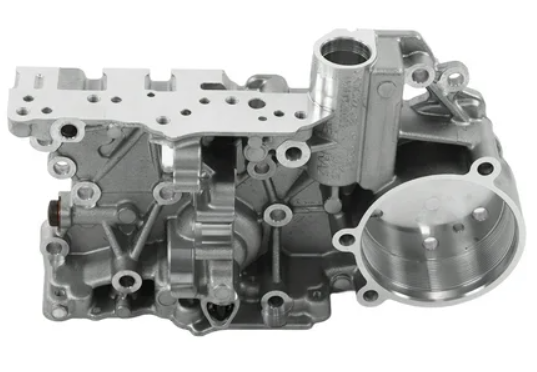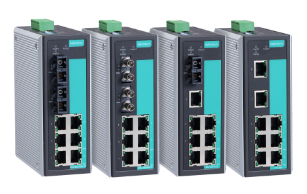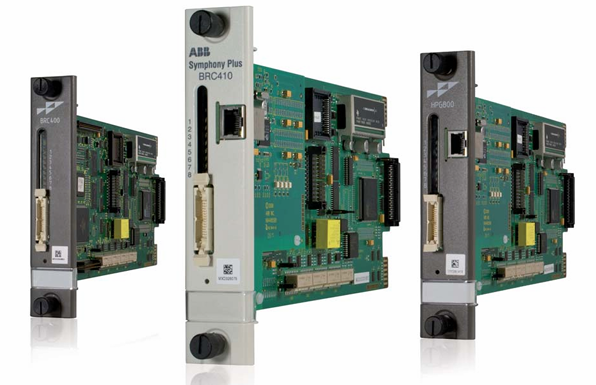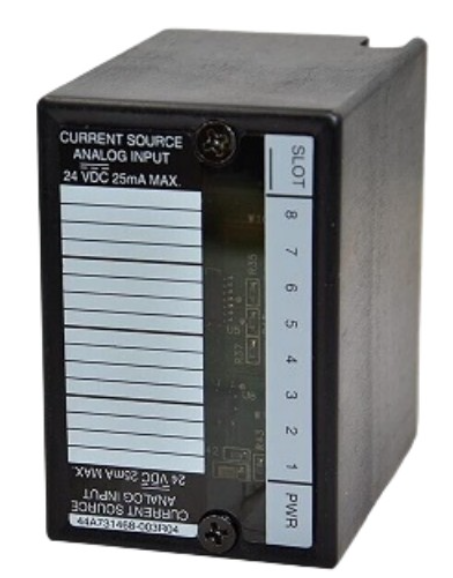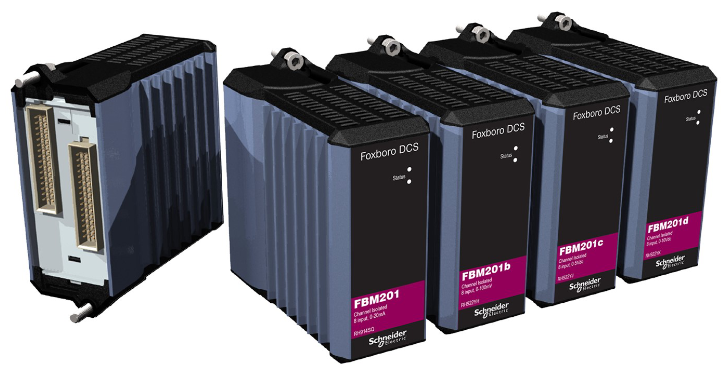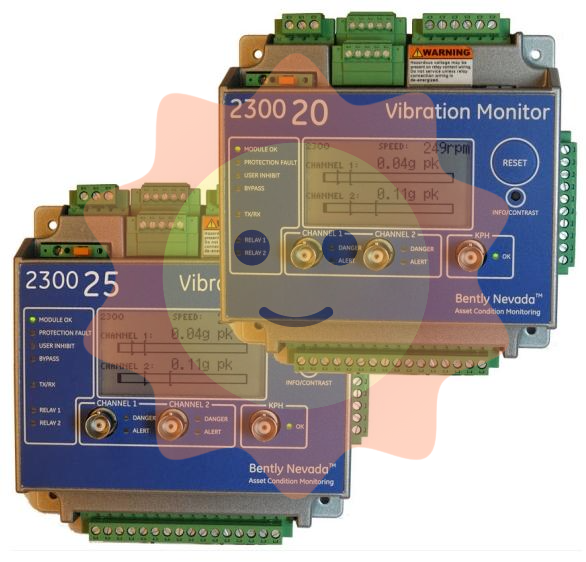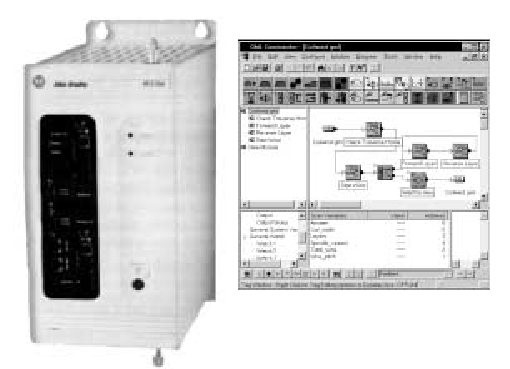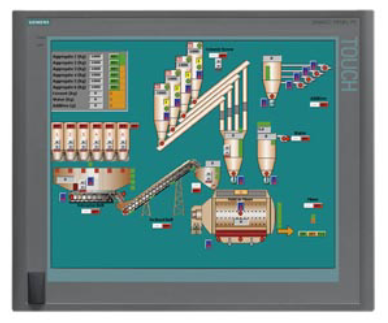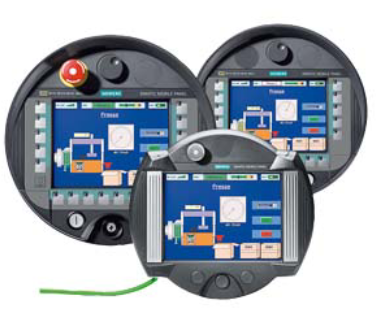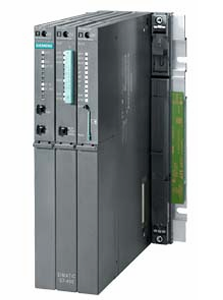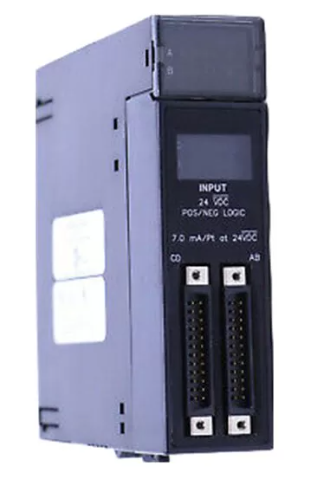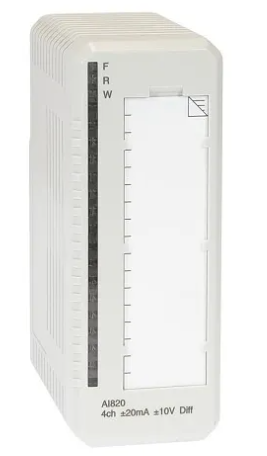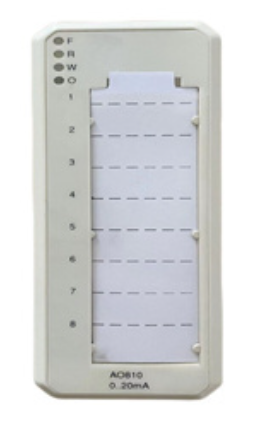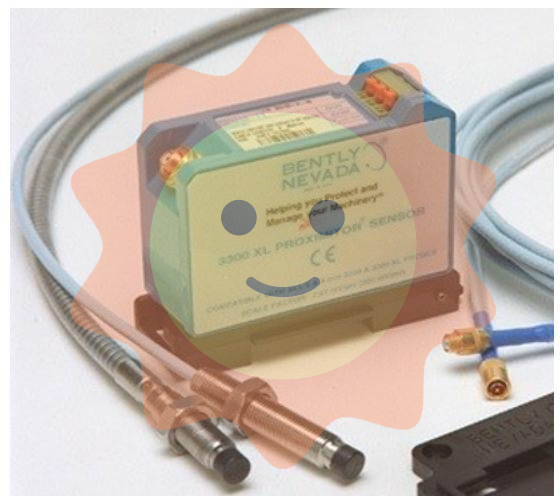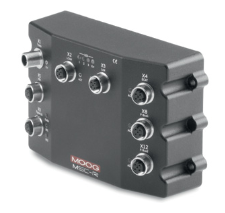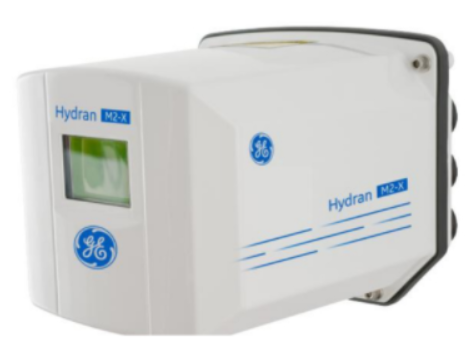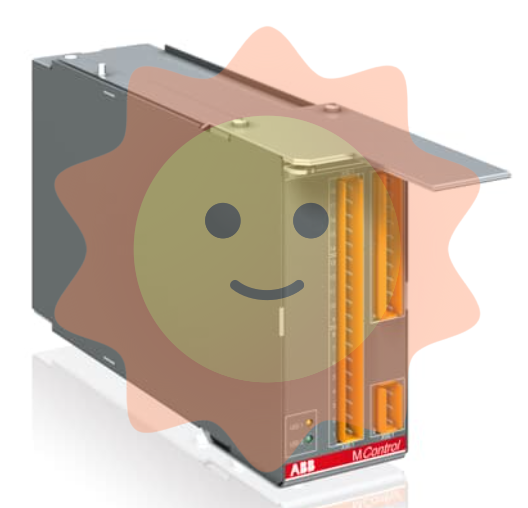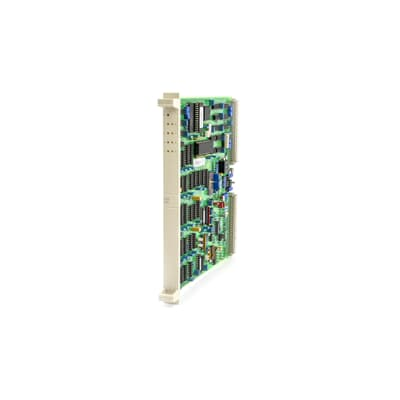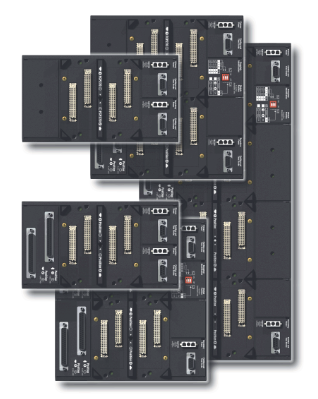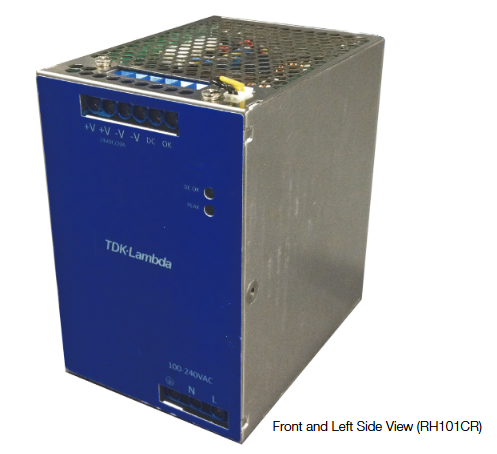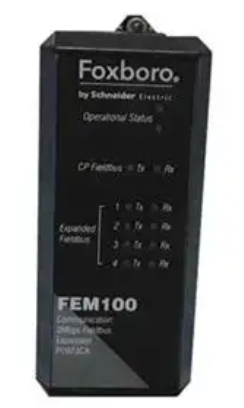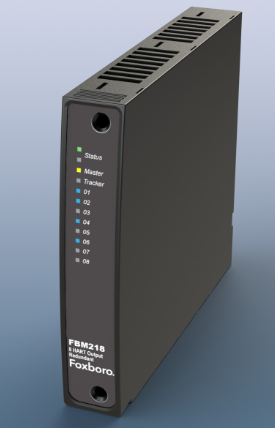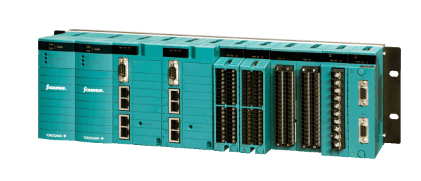ABB NKSE01-2 Serial Extension Cable
Basic Properties
Physical Characteristics:
Appearance and size: usually multi-core structure, round or flat appearance, the diameter is usually around 5mm to 10mm, the length is usually around 2 feet, and other length specifications may be available to meet different installation needs. The cable jacket is made of polyvinyl chloride (PVC) or other wear-resistant and corrosion-resistant materials with good flexibility and mechanical strength.
Marking and material: The cable surface is printed with clear model number ‘NKSE01-2’ and other relevant markings, such as brand and batch. The internal conductor is usually made of high quality copper with good conductivity and corrosion resistance, and the insulation layer is often made of polyethylene and other materials to ensure the stability and safety of signal transmission.
Electrical characteristics:
Signal transmission type: It is mainly used for transmitting serial signals, such as RS232, RS485 and other standard serial protocol signals, which can reliably transmit signals between serial devices and achieve serial communication of data.
Transmission Rate and Stability: When transmitting serial signals, it can meet the requirements of different baud rates, and generally support a variety of baud rate settings from low to high speed, such as 9600bps, 19200bps, 38400bps, etc., and the signal attenuation within the specified transmission distance is small, which ensures the stability and reliability of the signals, and reduces the signal distortion and the bit error rate.
Rated Voltage and Current: The rated voltage and current depend on the specific application scenario and the load requirements of the connected devices, which can generally meet the normal working voltage and current requirements of common serial devices.
Function and Role
Extend serial communication distance: when the distance between serial devices is far away, beyond the standard communication distance of serial port, you can use NKSE01-2 serial extension cable to connect, so as to extend the distance of serial communication and ensure that the devices can communicate with each other normally.
Connecting different serial devices: It can connect all kinds of devices with serial interfaces, such as PLC, sensors, actuators, etc. in industrial automation control system, realising serial communication between these devices, completing data transmission and interaction, and ensuring the coordinated operation of the whole system.
Application Fields
Industrial automation field: In the automation control system of chemical industry, iron and steel, electric power and other industries, it is widely used to connect the serial ports of PLC, intelligent instrument, frequency converter and other devices to realise remote monitoring and data collection between the devices, and to improve the automation level of the production process and the management efficiency.
Communication field: It can be used to build serial communication network, such as in some monitoring system and data acquisition system based on serial communication, as the communication cable connecting each node equipment, to ensure the stability and reliability of the serial communication within the system, and realise the timely transmission and processing of data.
Supported ABB I/O Systems and Families
• S800 I/O, a distributed modular I/O system for communication via ModuleBus and PROFIBUS DP.
• S900 I/O, a remote I/O system (for hazardous areas) that can be connected to PLCs via PROFIBUS DP.
• S200 I/O and S200L I/O, two compatible, modular I/O systems. S200 I/O modules can be connected via CI856 or PROFIBUS DP to PLCs. • S100 I/O, a rack-based I/O system that can be connected to PLC using the CI856 interface module.
• Satt I/O, makes it possible to use Satt Rack I/O (an older Satt I/O system) connected to PLC using the CI865 communication interface.

- User name Member Level Quantity Specification Purchase Date
- Satisfaction :
-









Email:wang@kongjiangauto.com









